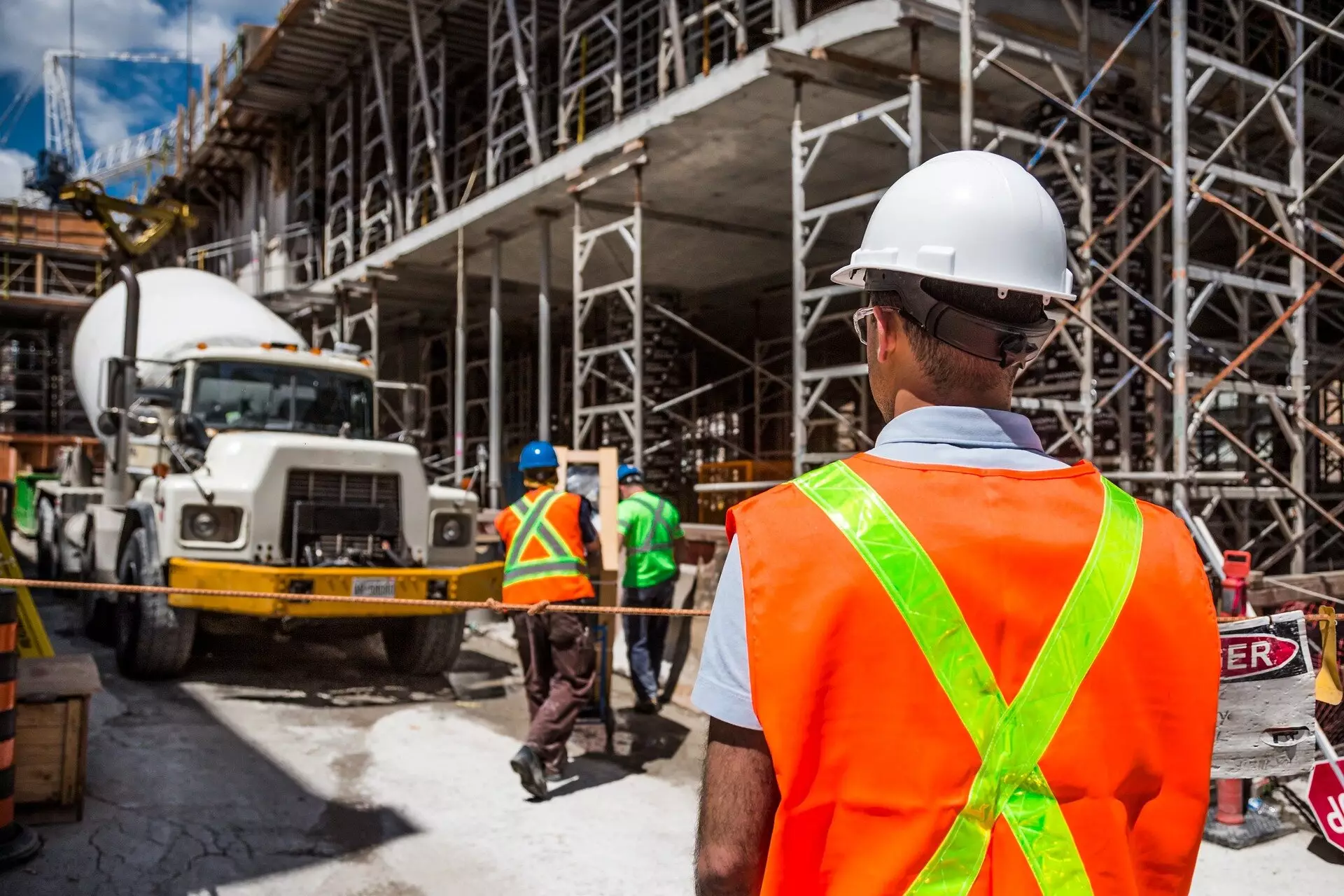As the world grapples with escalating climate concerns, the construction industry, a notorious contributor to greenhouse gas emissions, faces increasing pressure to innovate. Recent research from the University of Dundee, in collaboration with the Mineral Products Association (MPA), unveils a promising development: the incorporation of waste clay and reclaimed brick into concrete production. This pioneering approach not only aims to decrease the carbon footprint of the U.K. construction sector but also offers a pathway to a circular economy where waste materials are repurposed rather than discarded.
The study has underscored the efficacy of using finely ground brick powder and reclaimed clays as calcined clays in cement manufacturing processes. Unlike conventional cement, the employment of these innovative materials could potentially lower the carbon emissions associated with concrete production by up to 30%. The implications of these findings are substantial, revealing that if this material repurposing method is adopted industry-wide, it could divert approximately 1.4 million tons of waste material from landfills annually. Furthermore, the research explores the long-term durability of calcined clay concretes, particularly in harsh environments, including coastal and maritime applications.
The arena of sustainable construction is not solely about environmental remediation; it harbors significant economic potential as well. By integrating waste clay and brick into the production cycle, the U.K. construction industry could establish a stable supply chain for calcined clays. This stability would bolster investor confidence and create job opportunities in a market increasingly focused on sustainability. Dr. Diana Casey of the MPA pointedly remarks that transitioning to the use of these materials could forge a new market, thus maintaining economic viability within the U.K. while attracting investments that center on green technologies.
While the prospects are certainly encouraging, several challenges remain. Historically, the use of calcined clays as secondary materials in cement production has not been prevalent in the U.K., largely due to the untested nature of these materials in local contexts. This study addresses that gap by rigorously assessing two different heating methods for clay activation: the conventional rotary kiln and the more novel flash heating. Both techniques have proven successful in yielding high-quality calcined clays, presenting an opportunity for scalability and widespread application.
The push for integrating waste materials into construction practices aligns seamlessly with the U.K. government’s legally binding net-zero targets. These goals emphasize the need for sustainable practices across all sectors, particularly in construction, which has committed to reducing its carbon emissions substantially since 1990.
Dr. Moray Newlands, a key scientist in the project, stresses the importance of this research in supporting the industry’s transition toward a less carbon-intensive future. By adopting calcined clays as viable alternatives to traditional materials, the construction sector can make meaningful strides toward environmental responsibility without compromising on quality or durability.
This innovative approach exemplifies a broader vision for a circular economy, where resource waste is minimized, and materials are utilized to their fullest potential. Utilizing waste clay and brick provides not only an ecological solution but also fosters a sense of responsibility within the construction industry—a sector that has often been criticized for its resource-intensive practices.
By reframing construction methodologies to emphasize sustainability and resourcefulness, the industry can transform its narrative from one of environmental degradation to one of ecological stewardship. The successful adoption of this model in the U.K. could serve as a transformative blueprint for similar efforts globally—an opportunity for nations to rethink their approaches to cement production and its associated environmental impacts.
Critical to the success of this initiative will be collaboration between academia, industry stakeholders, and governmental bodies. The support of key players like Heidelberg Materials UK and Tarmac highlights the collective effort needed to propel the construction industry toward sustainable practices. By championing research and supporting the implementation of innovations that leverage waste materials, the U.K. can set a precedent for reducing the carbon footprint of one of its most significant industries, thus carving a path toward a more sustainable future.


Leave a Reply